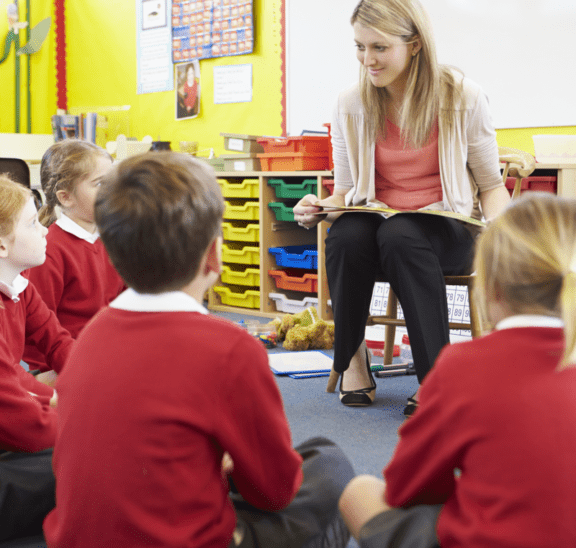20+ Fun & Engaging Ways to Form Random Pairs
So you’ve asked your group to pick a partner so that you can form smaller teams and… they immediately make a beeline to their best…

Students in the southern hemisphere have started coming back to school in what will be their third year impacted by the COVID19 pandemic.
After a couple of years of chronic unpredictability, both students and teachers will benefit from focusing on relationships and the daily rhythms of school.
There are countless articles published (here, here and here) within the playmeo ecosystem that speak to the benefits of spending some time and energy strengthening the relationships of your students. Indeed, research clearly shows that the most successful programs in the world are those that intentionally develop trusting & healthy relationships from the beginning.
This research shows that when a teacher (or indeed, anyone who is responsible for the well-being of others) intentionally invests the time and effort to build and strengthen the relationships of their students, they can expect to see improvements in their student’s well-being, participation and overall performance.
At the beginning of the school year is as good a time as any to get started. This speaks to the benefits of building connections before content. If you can, consider focusing a lot more time in your first few weeks of the school year to lead a variety of group games and activities that invite your students to play, interact and share. This time will no doubt be fun, but when delivered as part of a carefully sequenced series of activities, can develop and enhance your student’s interpersonal skills.
The rhythms of life are always about ruptures and repairs as much as they are about routines. During the past couple of years, our schools have experienced a significant amount of rupture without a lot of time, space or opportunity to repair. You may need to acknowledge the adversity and trauma some of your students may have experienced during this time and introduce or reinforce new ways of attending to your student’s social-emotional learning (SEL) and well-being.
For example, morning meetings will be helpful for students of all ages. These regular and anticipated gatherings prepare the nervous system of our students for learning and allow everyone to check in with one another.
A fun technique I learned from Edutopia involves passing a small drum around a group of students sitting in a circle. As they pass the drum, each student can choose to share their own rhythmic beat that aligns with how they are feeling in that moment. They can drum to the rhythm, speed, and volume of their nervous system each morning, during transitions, or at the end of the day. If you embrace this idea, consider inviting your students to reflect on the patterns they noticed. Were the rhythms soft and slow, fast and loud, chaotic or coherent?
Moving the bodies of our students is always useful, but this will be especially important because students will need frequent brain breaks and exercise to help reduce the tension and stress that they may feel about coming back to school and engaging with face to face instruction. You may even want to embrace a number of focused attention activities such as Calming Visualisations and Emotional Check-In to help your students regulate their nervous systems to improve their performance.

Best-selling book featuring 150+ fun group games & activities. Scan QR codes to access digital content including videos.

Brand new deck of cards featuring emoji images to help you inspire conversations about emotions, feelings & experiences.
Download our free 28-page ebook jam-packed with outrageously fun activity ideas.
Just one more question:
Share this with friends and colleagues.
We offer a range of membership plans with no surprises.
Click an option below & discover our simple pricing.

Click here if you’re a:

Click here if you represent a:
Explore plans for
10, 50, 200 or more
potential users